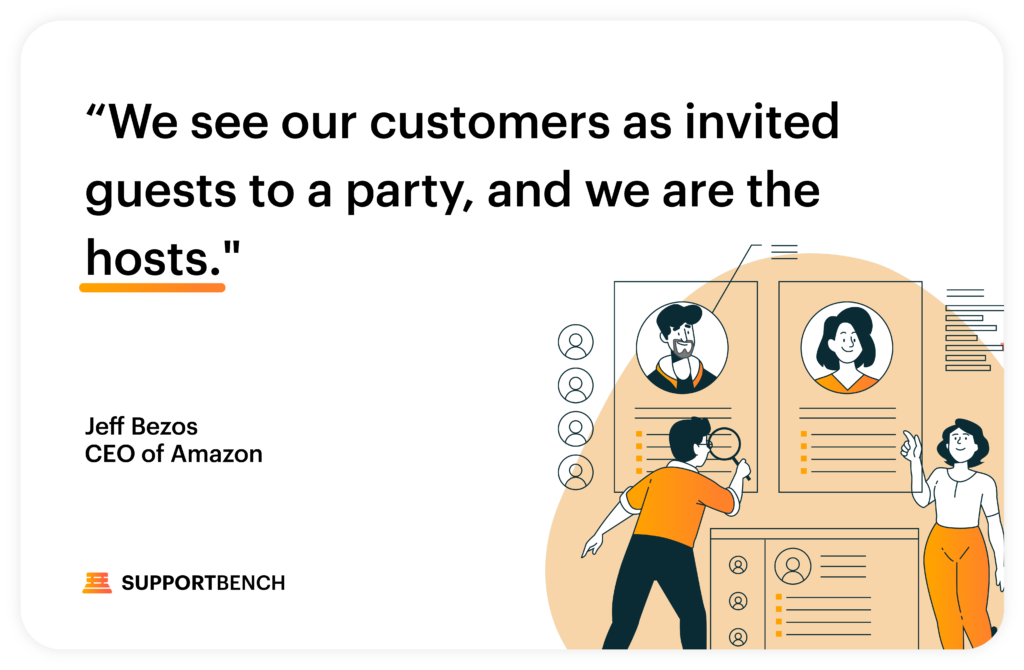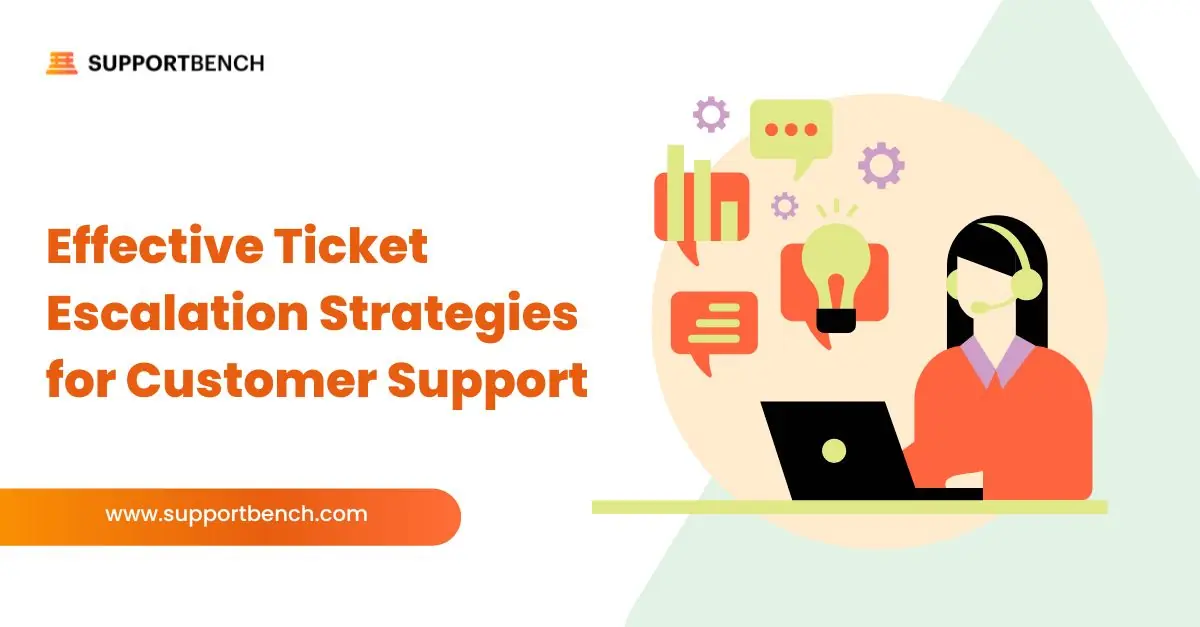In today’s ever-evolving digital landscape, customer experience (CX) plays a pivotal role in determining the success and longevity of an enterprise. With the stakes higher than ever, myths and misconceptions about CX can significantly impair an organization’s ability to deliver unparalleled service. Here, we’re dispelling nine prevalent myths surrounding customer experience, fortified with statistics, industry leader insights, and actionable strategies to supercharge your customer support team.

Myth 1: The Best Technology Ensures the Best CX
While technology is undeniably crucial, it’s the integration of human touch and technology that truly drives exceptional CX. According to a study by PwC, 82% of consumers want more human interaction in the future, not less.
“Customers don’t care how much you know until they know how much you care.” – Damon Richards
Instead, consider blended support with a human-tech collaboration. You can use advanced technologies like AI chatbots for initial interactions but ensure complex issues are seamlessly transferred to human agents. A holistic approach not only enhances efficiency but personalizes the user experience.
Also, equip your team with soft skills training, emphasizing empathy and active listening. When agents can discern between what the customer says and what they mean, resolutions are reached faster. Remember to always be open to feedback, both from customers and your support team. It’s pivotal in refining the tech-human balance in your CX delivery.
Myth 2: Speed is the Only Thing that Matters
Rapid responses are appreciated, but accuracy and thoroughness hold equal importance. A Zendesk survey found that 69% of customers attributed their good support experience to quick resolution of their problem.
“Make a customer, not a sale.” – Katherine Barchetti
Consider quality over speed through SLA prioritization. Using tools like dynamic SLAs, support teams can adjust response times based on case importance, ensuring that urgent issues receive timely attention without compromising on quality. Also, you must always provide agents with a comprehensive knowledge base, enabling them to swiftly access accurate information. It reduces turnaround time and ensures accurate solutions. And, you can’t neglect ongoing training and regularly updating your team about product changes or common issues. Continuous learning ensures they’re equipped to handle diverse customer queries proficiently.
Myth 3: Customer Feedback is Only for Negative Experiences
Certainly, constructive feedback, both positive and negative, is instrumental in honing the CX. Salesforce research indicates that 72% of customers will share a positive experience with six or more people.
“We see our customers as invited guests to a party, and we are the hosts.” – Jeff Bezos
Let’s consider how important proactive feedback is. These diverse feedback channels like incorporating support surveys, NPS, and CES to capture a wide range of customer sentiments. It’s integral to celebrate positive feedback and learn from criticisms.
Additionally, offering small incentives or gamifying the feedback process can motivate more customers to share their experiences. And, always ensure every feedback is acknowledged. If it’s a grievance, assure them of redressal and follow up once resolved. Close. That. Loop. 😊
Myth 4: Customer Support is a Cost Center, Not an Investment
This one really irks me. Excellent customer support can become a powerful differentiation tool and drive customer loyalty. According to Bain & Company, a 5% increase in customer retention can lead to a 25% increase in profit.
“The purpose of a business is to create a customer who creates customers.” – Shiv Singh
You must shift your perspective to value-driven metrics. Try and see beyond traditional KPIs, and look into measuring customer health scoring or emotional scoring. Such insights offer a more holistic view of the impact of your support.
Also, train train train! Regular training sessions, role-plays, and workshops can uplift the skill set of your team, translating into better customer interactions. It’s also an opportunity to celebrate successes. It’s vital to recognize and reward agents who go above and beyond. It fosters a culture where customer satisfaction is paramount.
Myth 5: All Customers Prefer Digital Channels
The channel preference varies by the complexity of the issue and demographic factors. A Harvard Business Review study noted that 57% of inbound calls in support centers come from customers who first attempted to resolve their issue online.
“You’ve got to start with the customer experience and work back toward the technology, not the other way around.” – Steve Jobs
Instead, consider omnichannel support for your clients. Integrating channels will ensure different channels like email, chat, and voice are unified. Customers should be able to switch between them without repeating information. For a more customer centric approach, incorporate features like an email editor with image support or a widget to access the knowledge base. It enhances user experience across channels. And remember to continuously assess channel performance and customer preferences. It allows the timely inclusion of emerging channels and phasing out underperforming ones.
Myth 6: A One-Size-Fits-All Approach Works
Personalization is the key, I can’t stress this enough. Accenture found that 91% of consumers are more likely to shop with brands that provide relevant offers and recommendations.
“Your most unhappy customers are your greatest source of learning.” – Bill Gates
It’s integral to have personalized customer experiences. In order to achieve a 360-degree customer view, you need tools providing comprehensive customer overviews can help agents personalize interactions, based on previous interactions, preferences, or issues. And, using role-based security, ensure customers see only the content relevant to them, enhancing their experience.
Better still, now you can use AI-driven summaries or sentiment analysis to preempt customer needs or issues. It allows agents to act proactively, further personalizing the CX.
Supportbench embodies many of these actionable strategies, innovatively breaking free from traditional CX norms. In an era where customer experience is paramount, arming oneself with the right knowledge, tools, and practices is no longer optional but essential.















